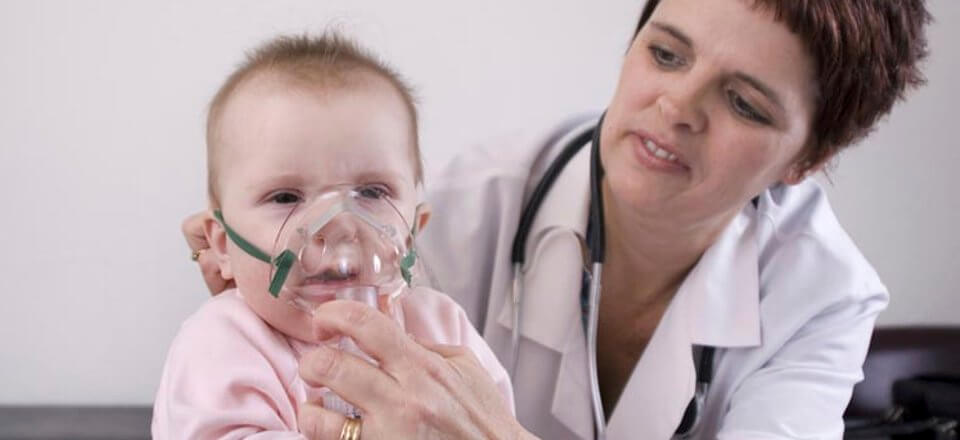
by Rus Anderson | Jan 13, 2025 | Diseases and Medical Conditions
Allergies and Pollens The pollens most people are allergic to are produced by plain-looking plants that do not have showy flowers because these type of plants rely on bees and birds to carry their pollen. The pollens that cause allergy problems are carried through the...

by Rus Anderson | Jan 13, 2025 | Diseases and Medical Conditions
Study Finds Parents Overlook Most Important Asthma Steps WASHINGTON (Reuters) – Parents of children with asthma try hard to protect their youngsters but often overlook the most important measures, including banning smoking in the house and shutting windows to keep...

by Rus Anderson | Jan 13, 2025 | Diseases and Medical Conditions
Preventing Common Springtime Allergies Dehumidification to Reduce Dust Mites and Mold The arrival of spring for much of North America means April showers and May’s warmer temperatures. Unfortunately, moisture and warmth are two conditions that contribute to increases...

by Rus Anderson | Jan 13, 2025 | Diseases and Medical Conditions
Pandemic Influenza Planning:A Guide for Individuals and FamiliesGet Informed. Be Prepared. U.S. Department of Health and Human ServicesMay 2006 “While the Federal Government will use all resources at its disposal to prepare for and respond to an influenza pandemic, it...

by Rus Anderson | Jan 13, 2025 | Diseases and Medical Conditions
Bronchiolitis and Your Young Child Guidelines for Parents Adapted from Caring for Your Baby and Young Child: Birth to Age 5 Respiratory illnesses caused by viruses are some of the most common health problems in infancy. The common cold is the one we see most often....

by Rus Anderson | Jan 13, 2025 | Diseases and Medical Conditions
Last year’s flu season was a long, memorable one for many people. This year, Cottonwood Pediatrics hopes to see fewer children for the flu because parents took preventive steps. Here are a few questions we hear from parents: Does my child need a flu shot?The American...







